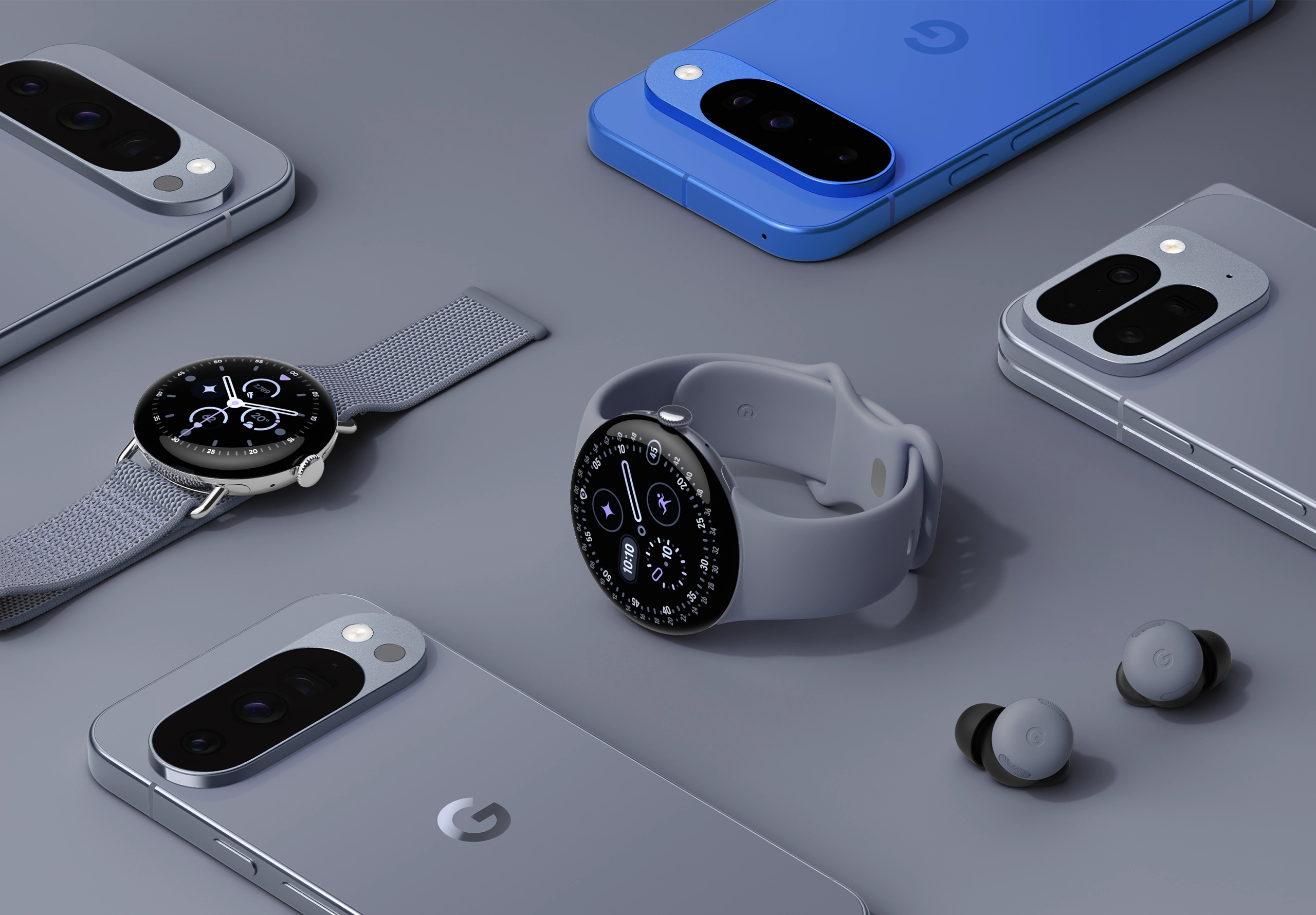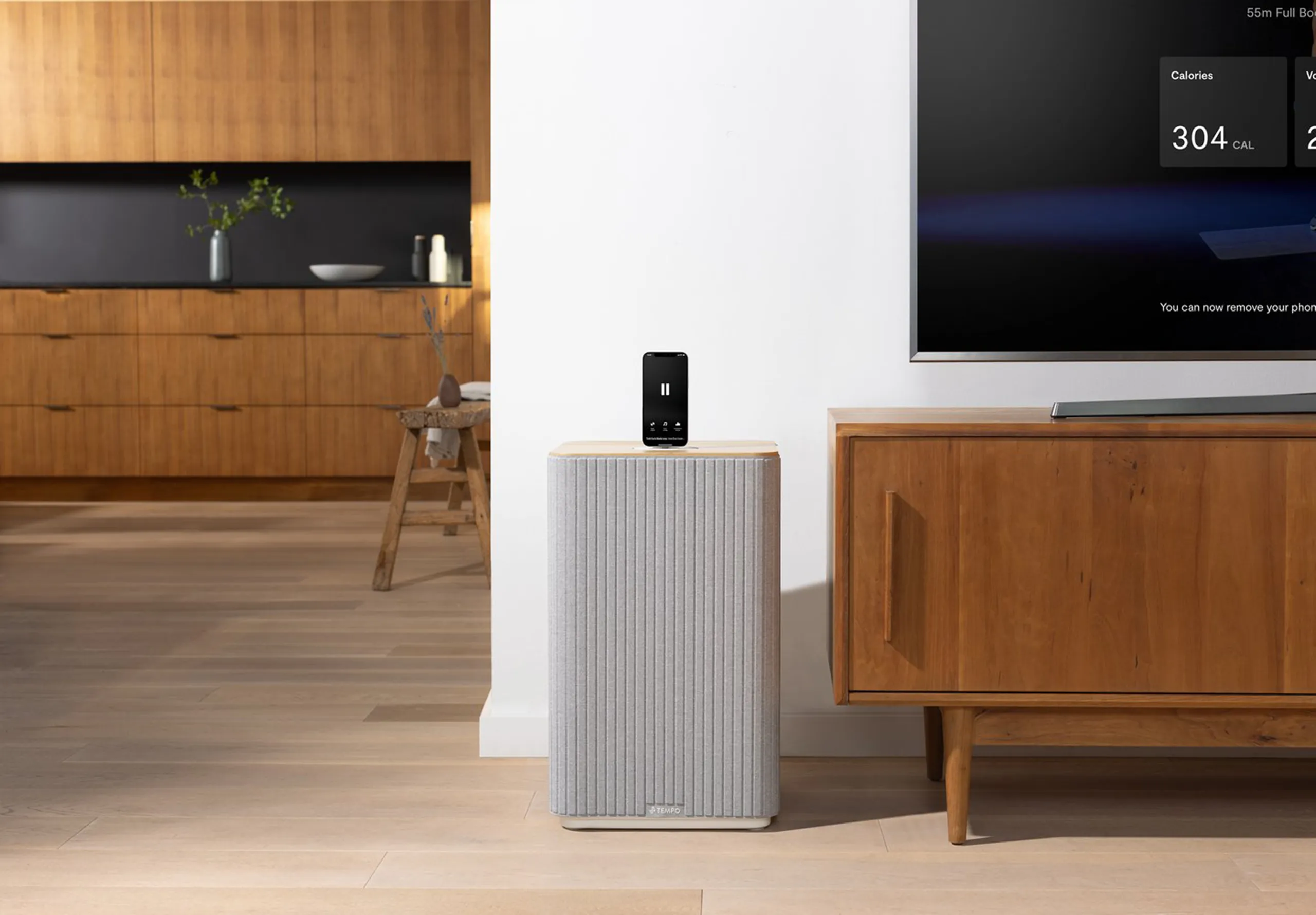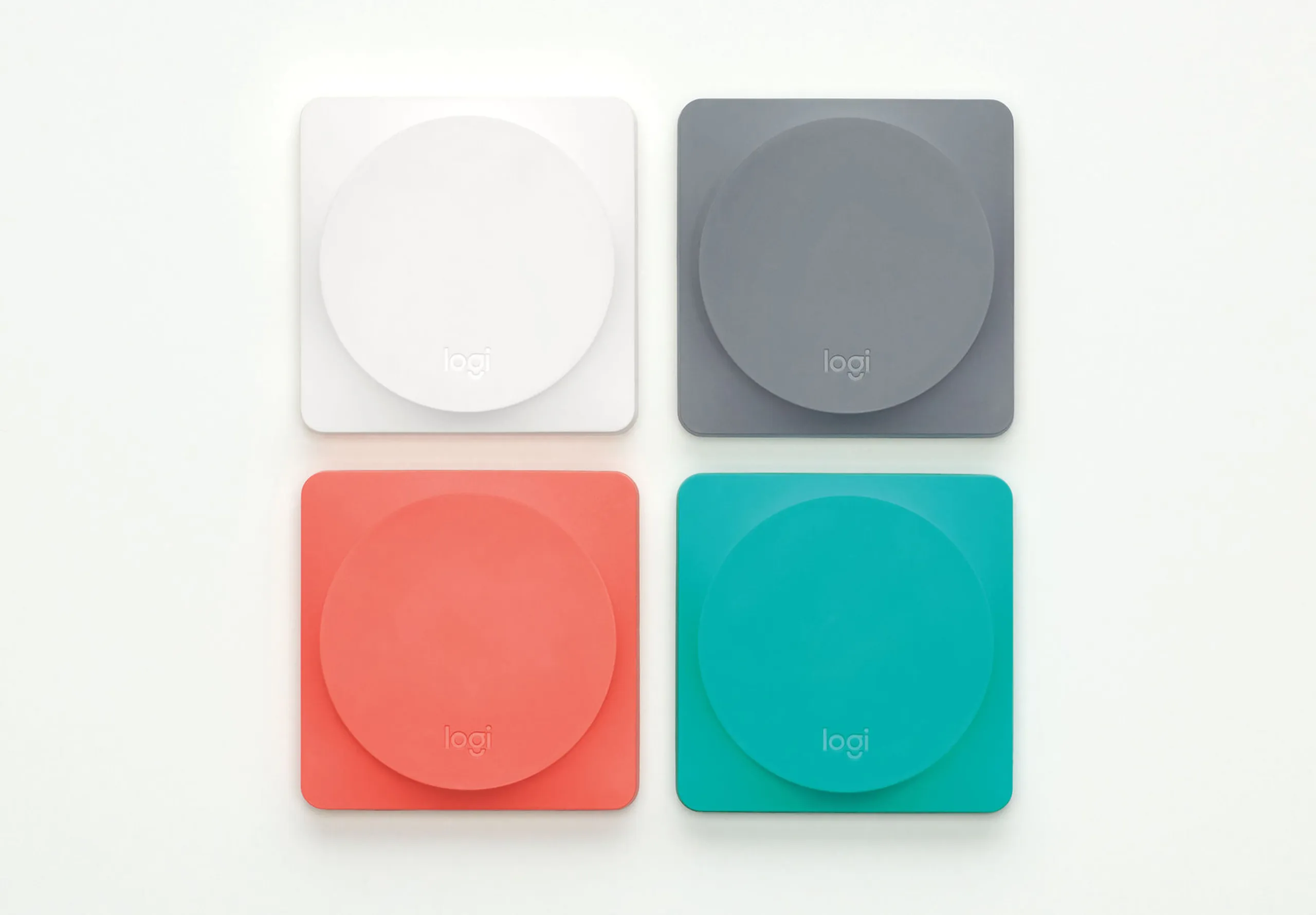Inclusive design in healthcare
For Global Accessibility Awareness Day, Ben was asked, ‘How design can help improve accessibility for digital experiences [within the NHS]?’
Here’s what he said…
As digital services become more commonplace in healthcare, it’s crucial that we use design as a tool to tackle the accessibility challenges faced by patients across the country – the NHS is for everyone, whatever their age, social or cultural needs.
Already, digital consultations do promote accessibility through assistive services such as lip reading, subtitles or sign language. However, to make digital services more inclusive, we must take a bigger-picture view to ensure that more of the interconnected web of services that make up UK healthcare are all on the same page.
This systemic approach is vital to help ease the friction that less digitally native (i.e. a large chunk of the older UK population) face everyday when trying to navigate something as simple as wanting to see their GP.
After all, for a large section of the population, this was once a basic and everyday behaviour. Shifting this online certainly helps ease the GP workload burden, but at present, it isn’t really designed for a wide enough slice of its user base.


















